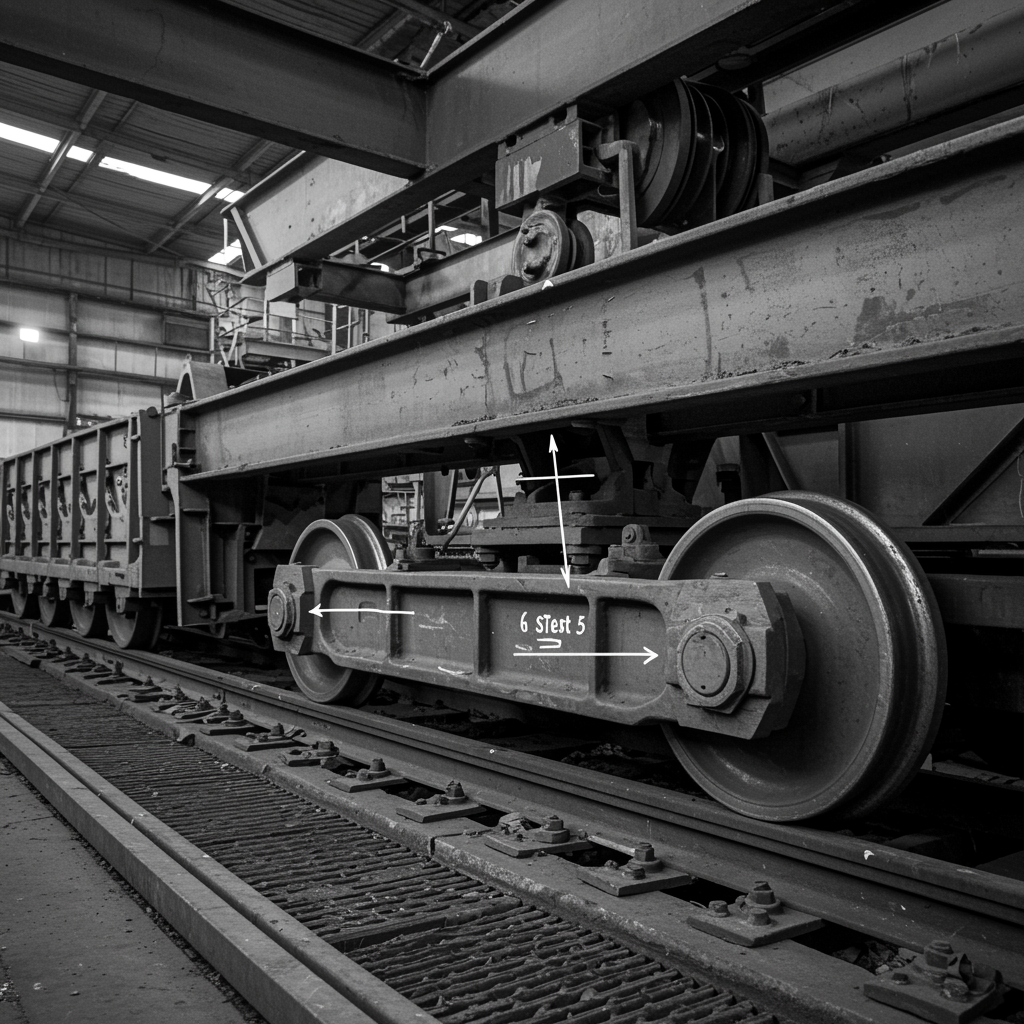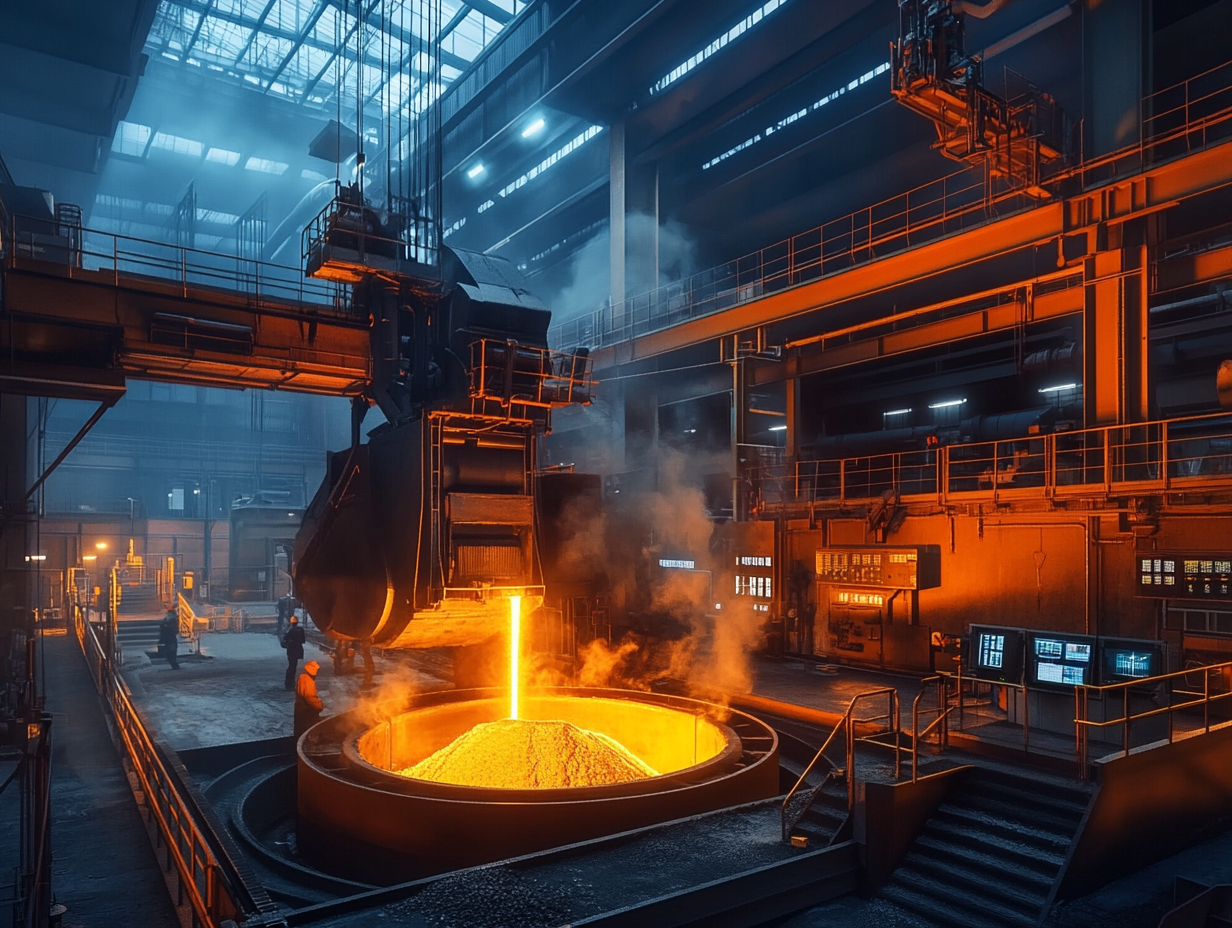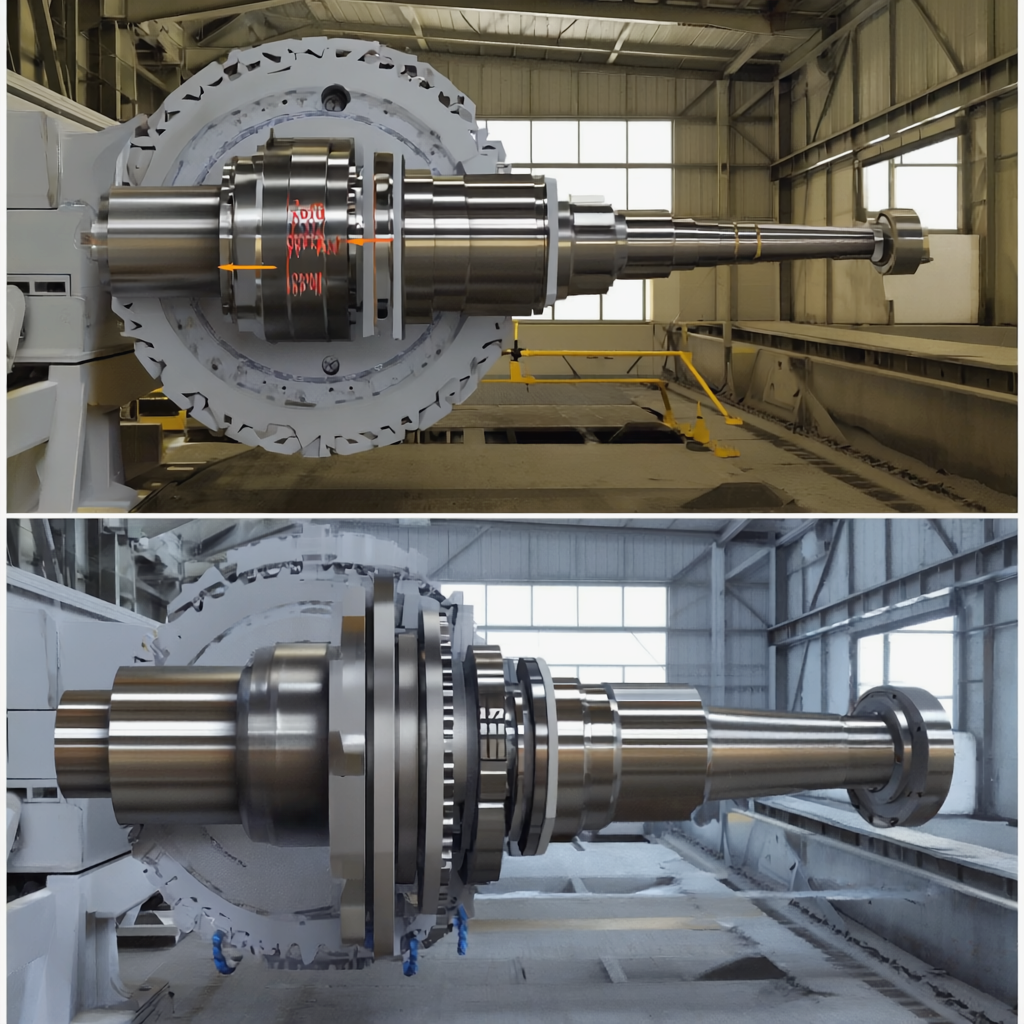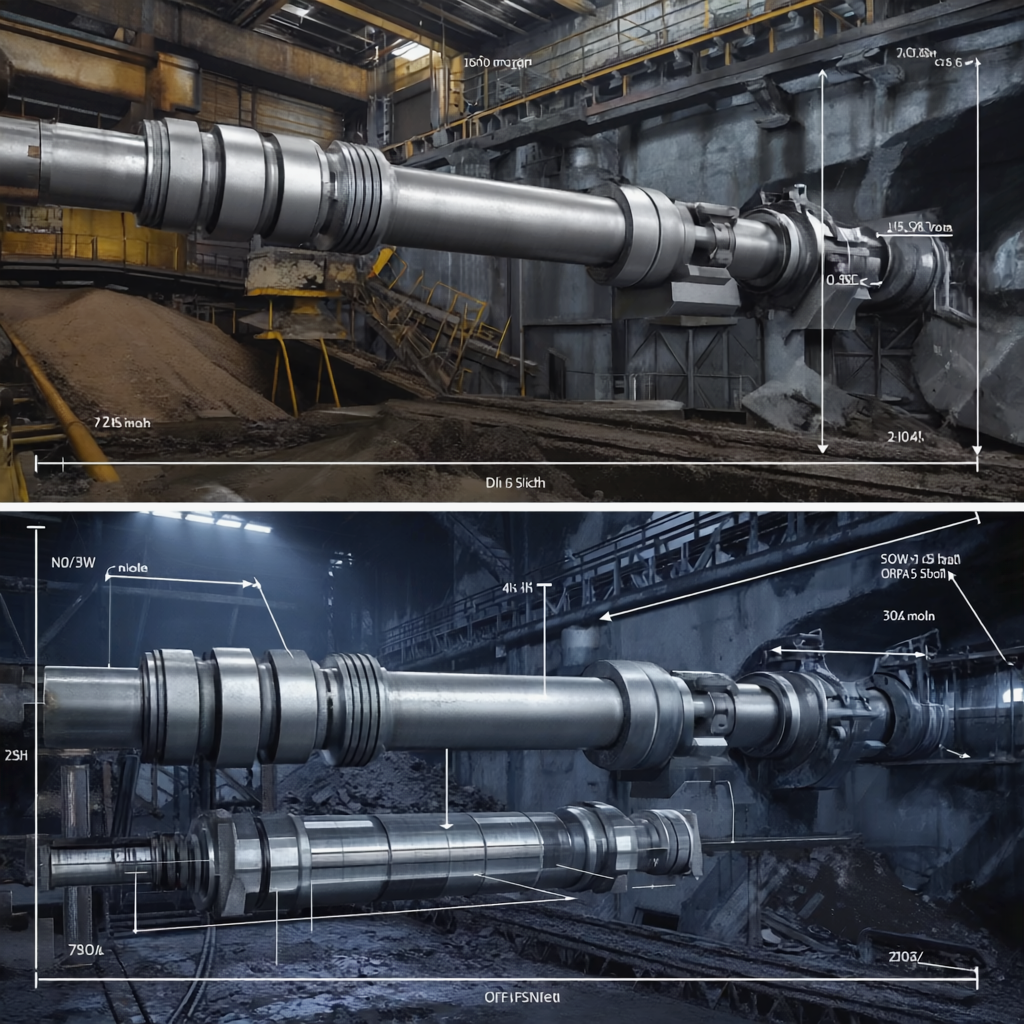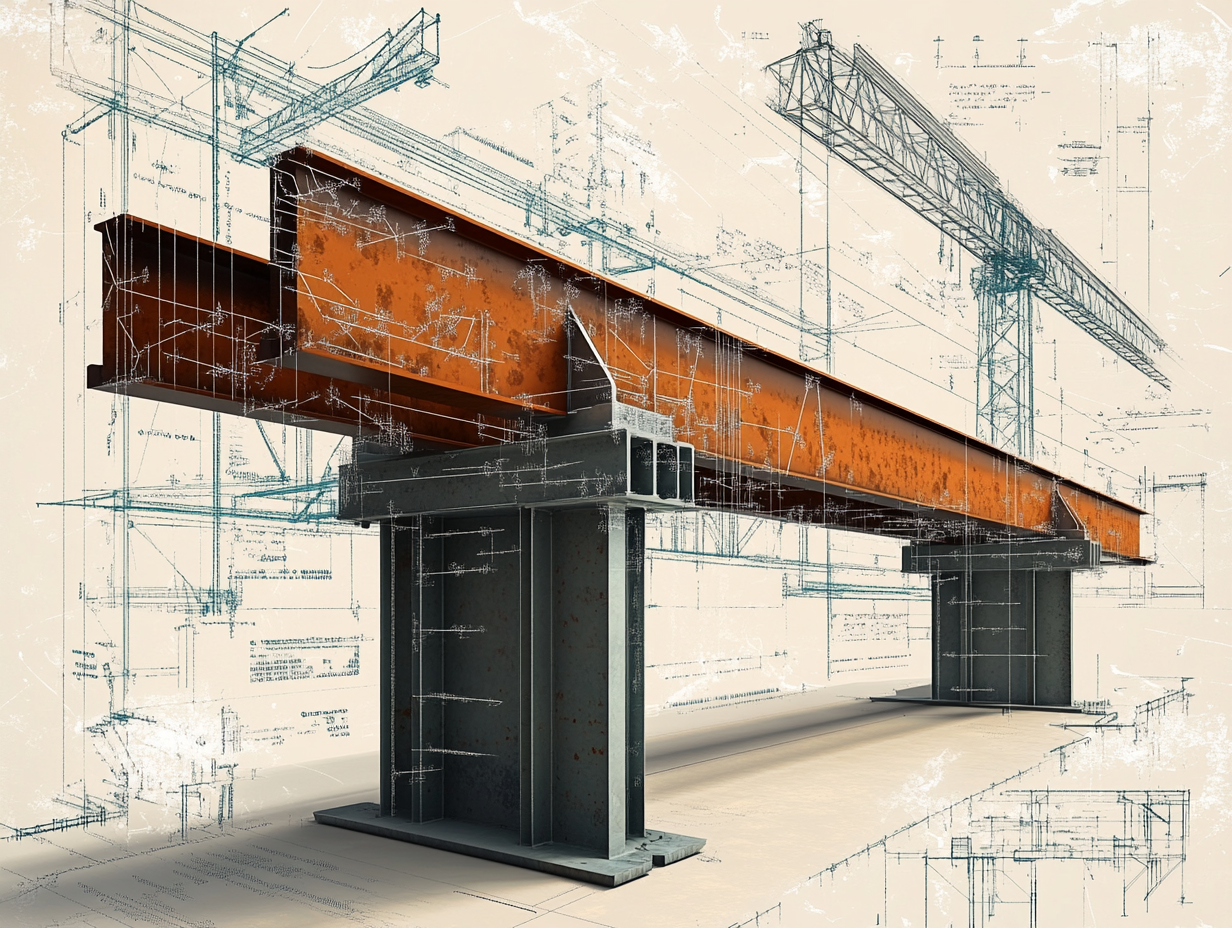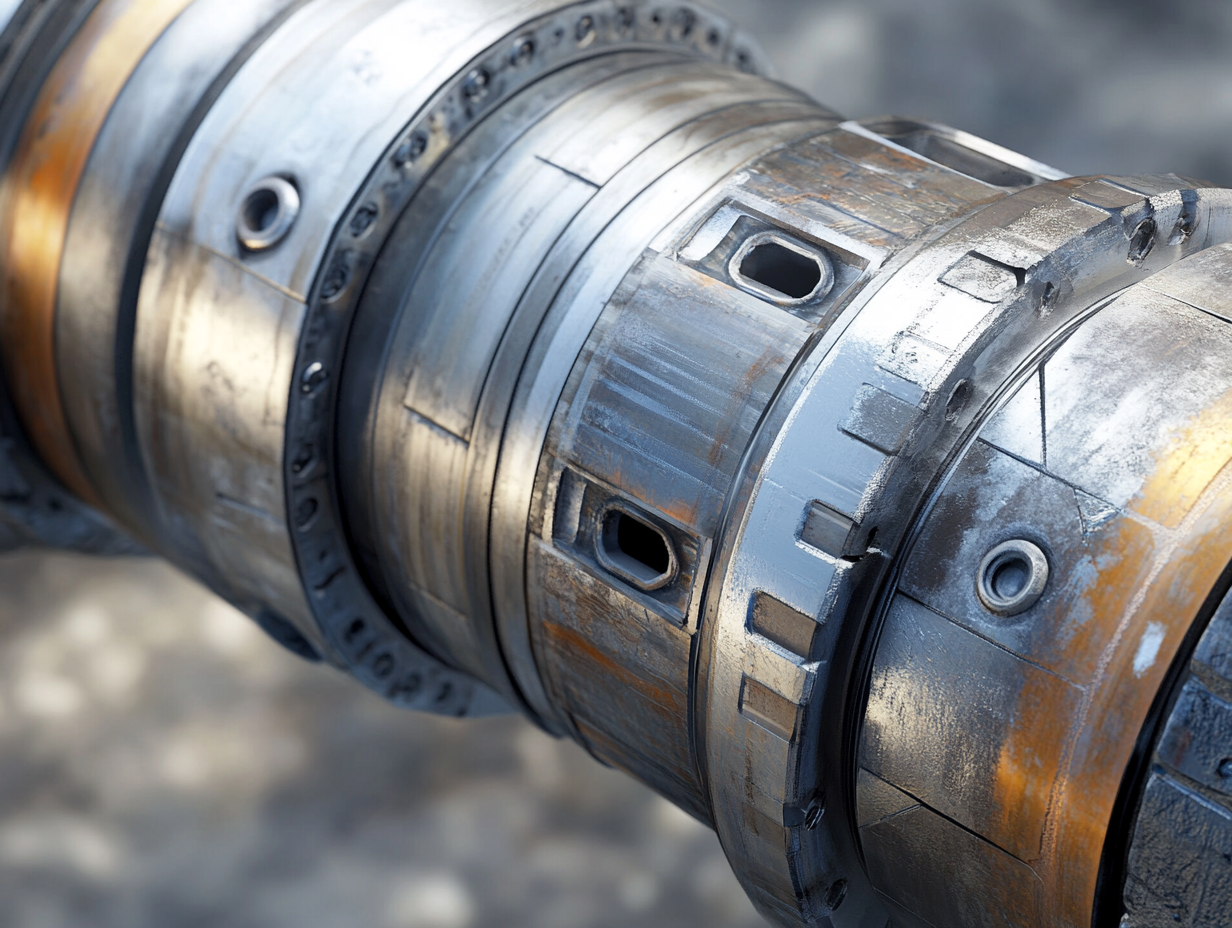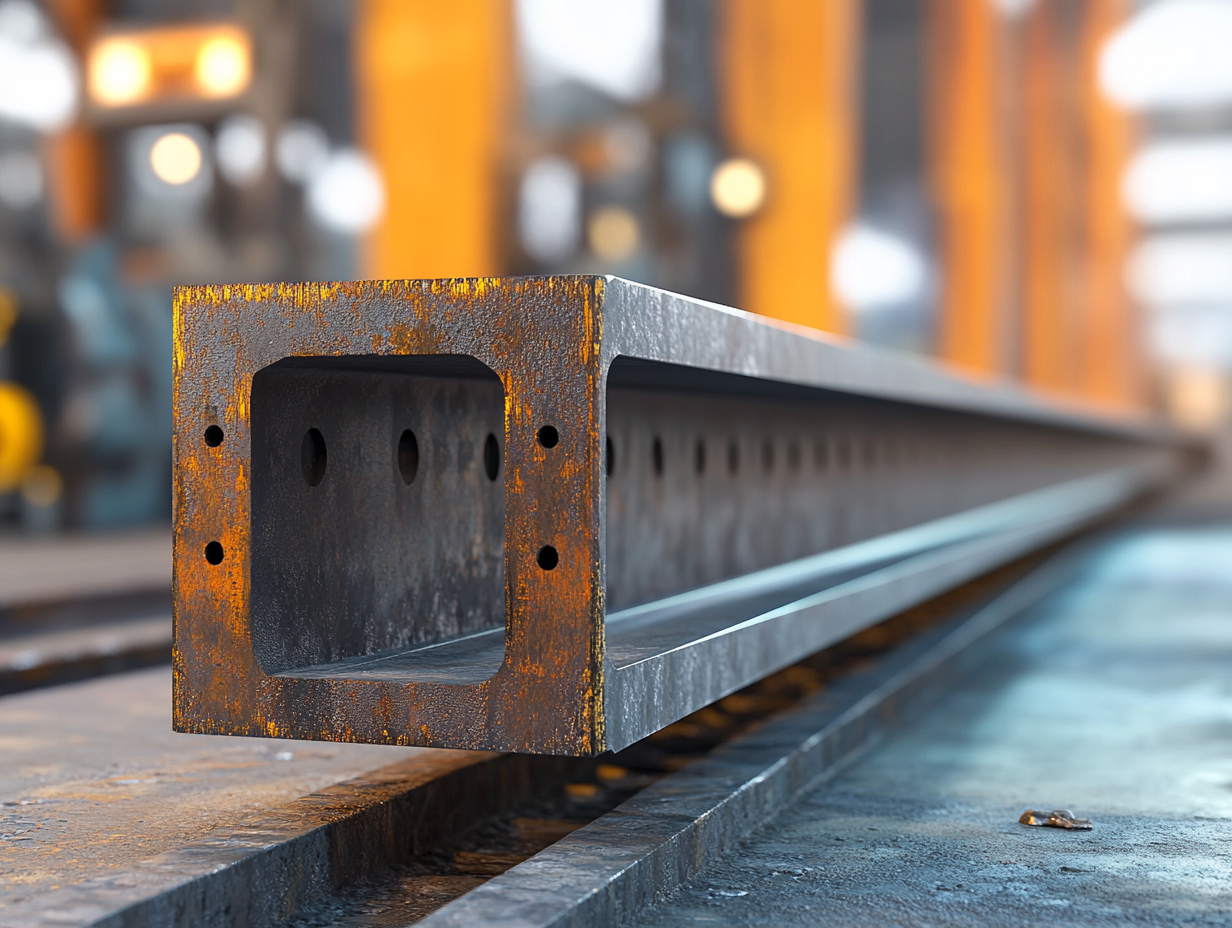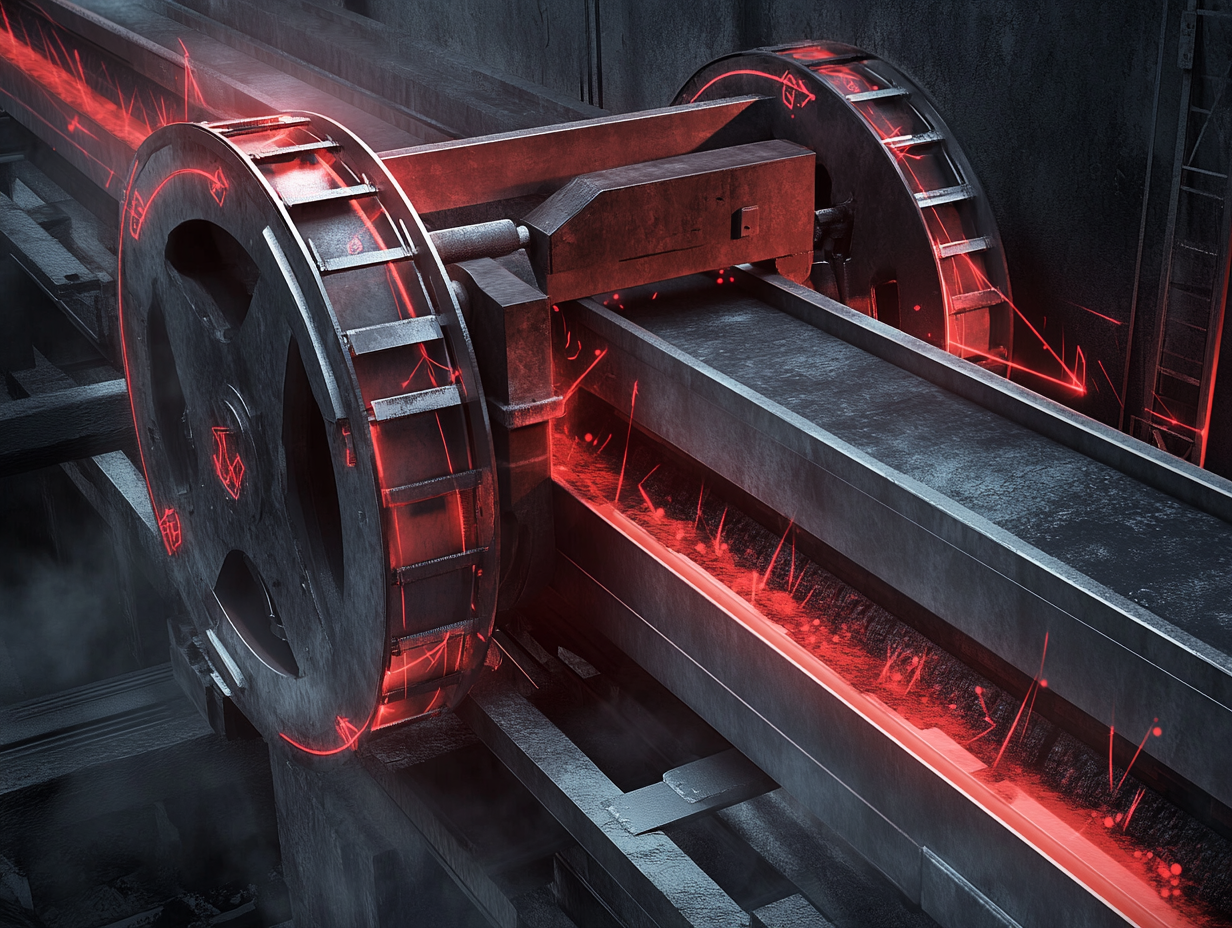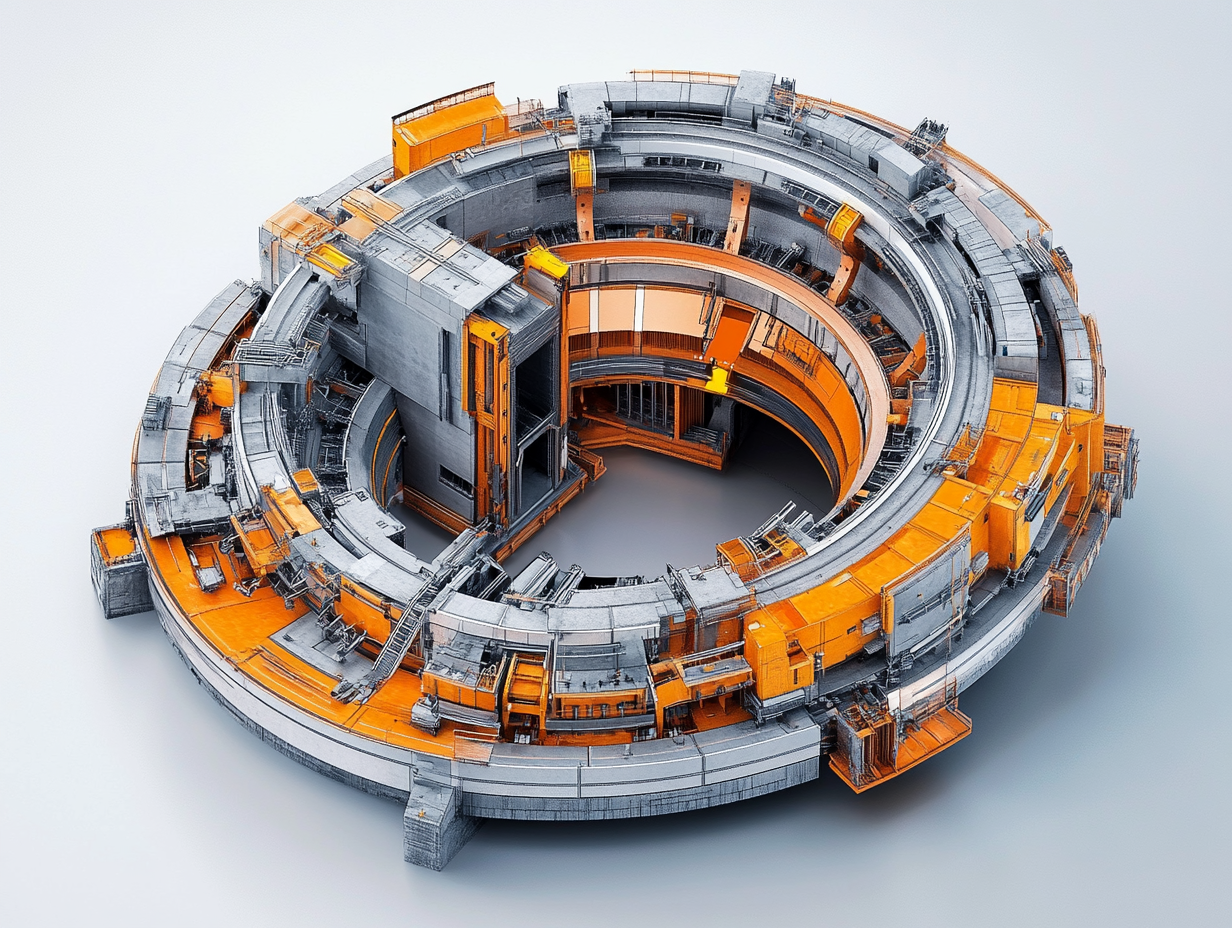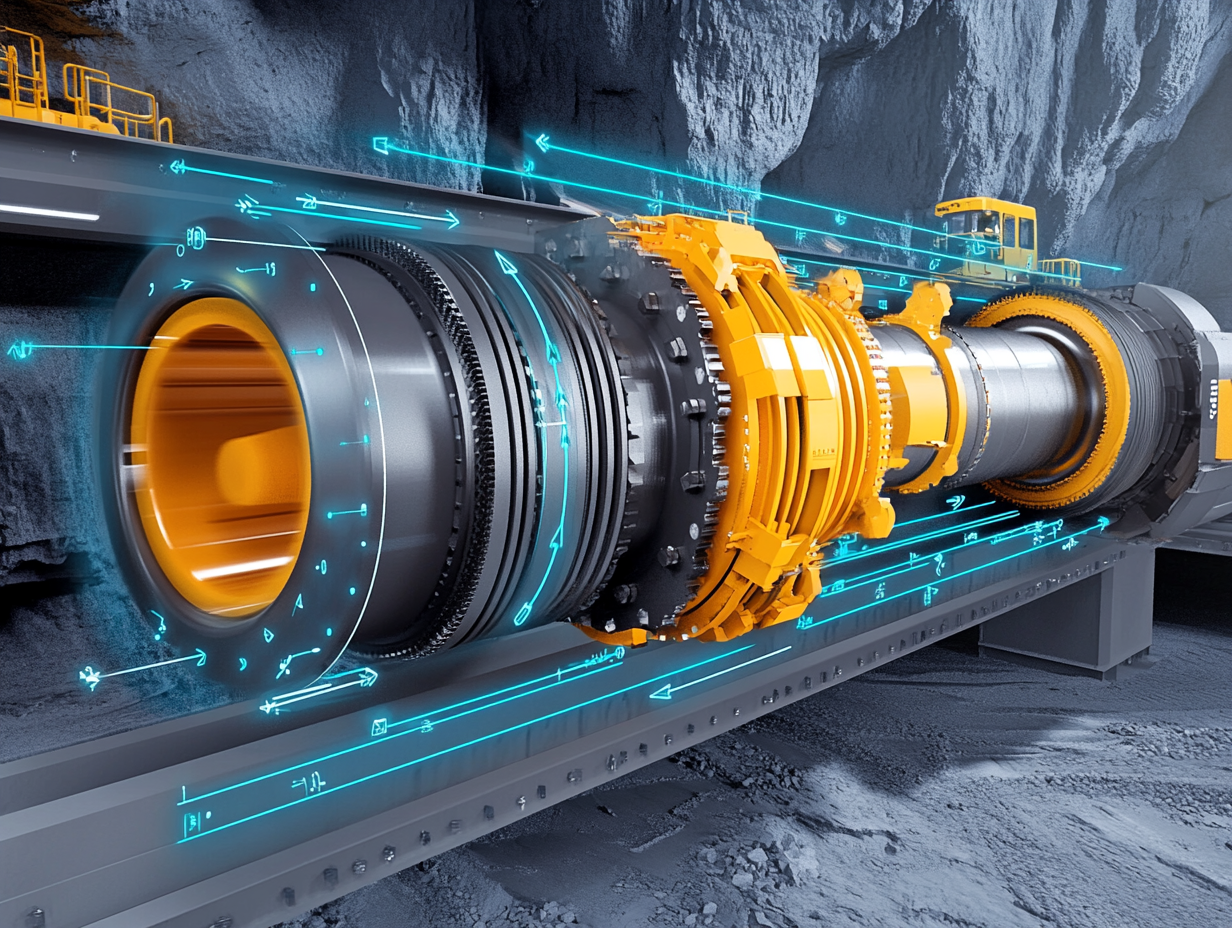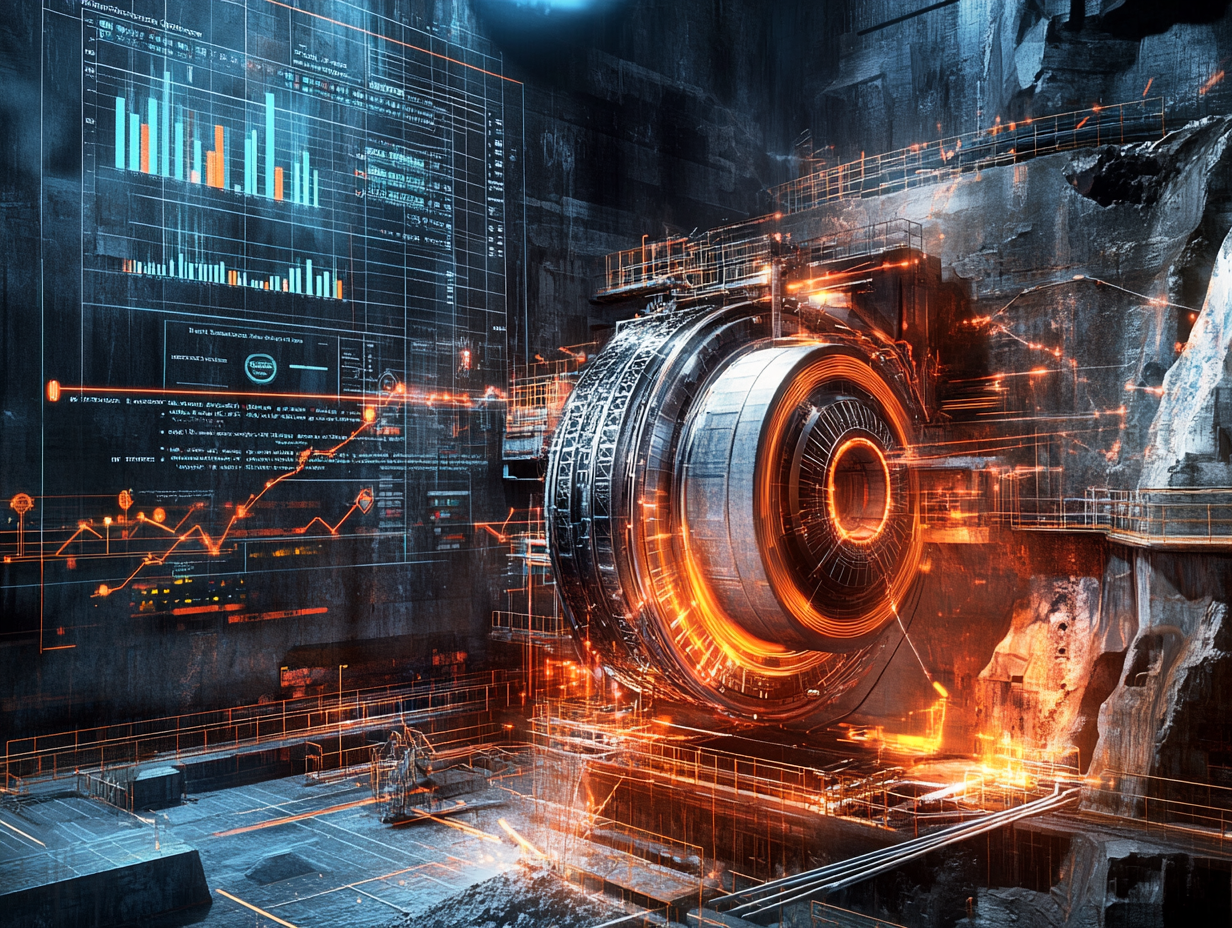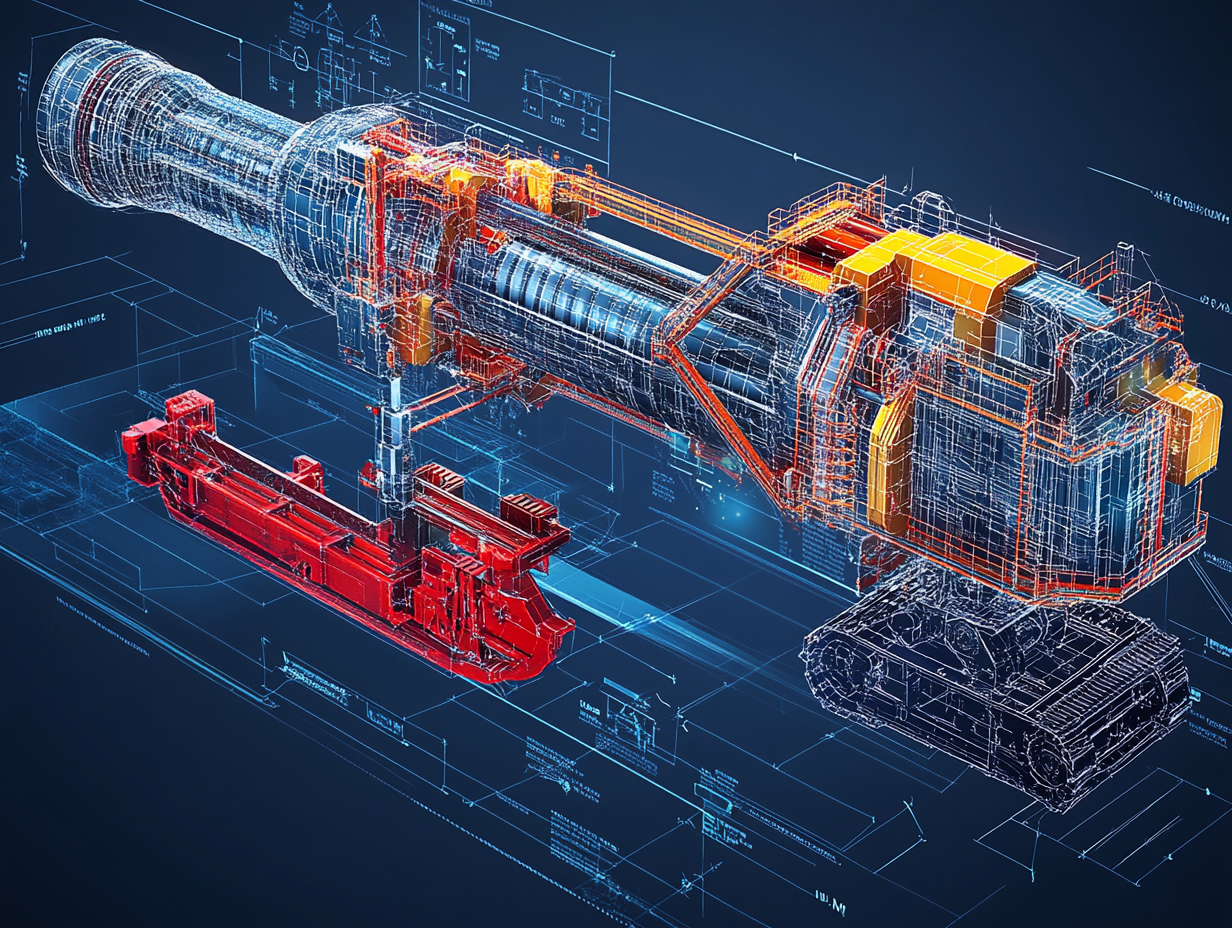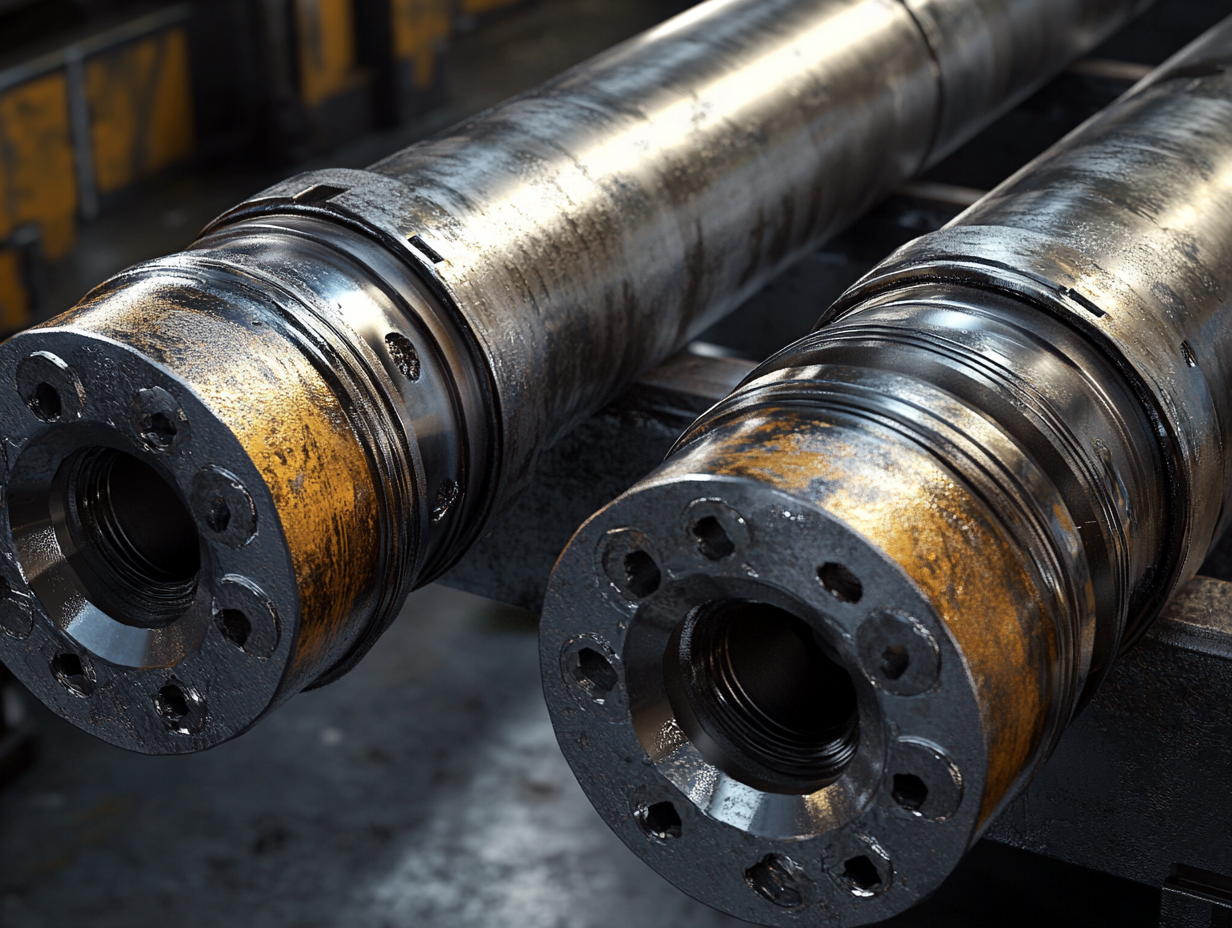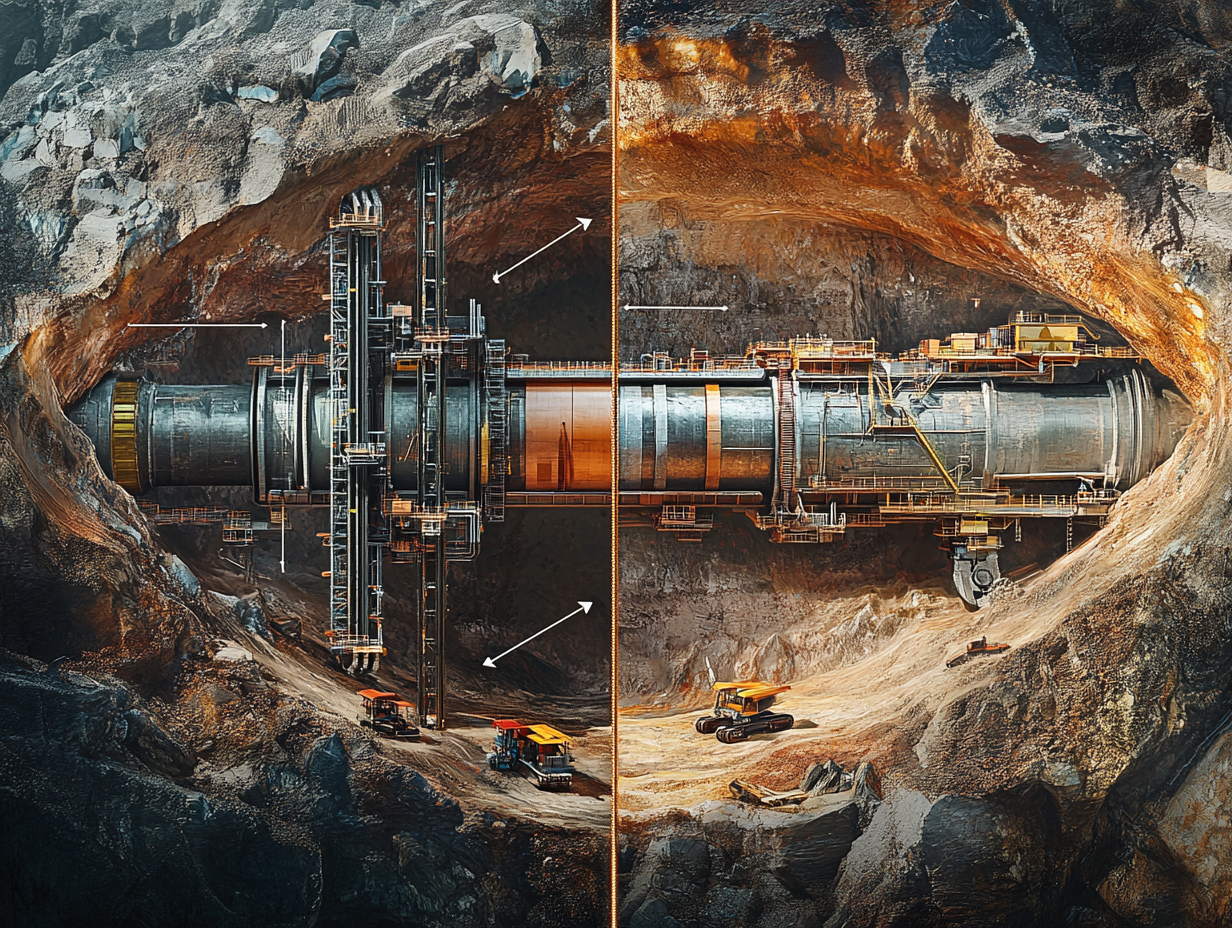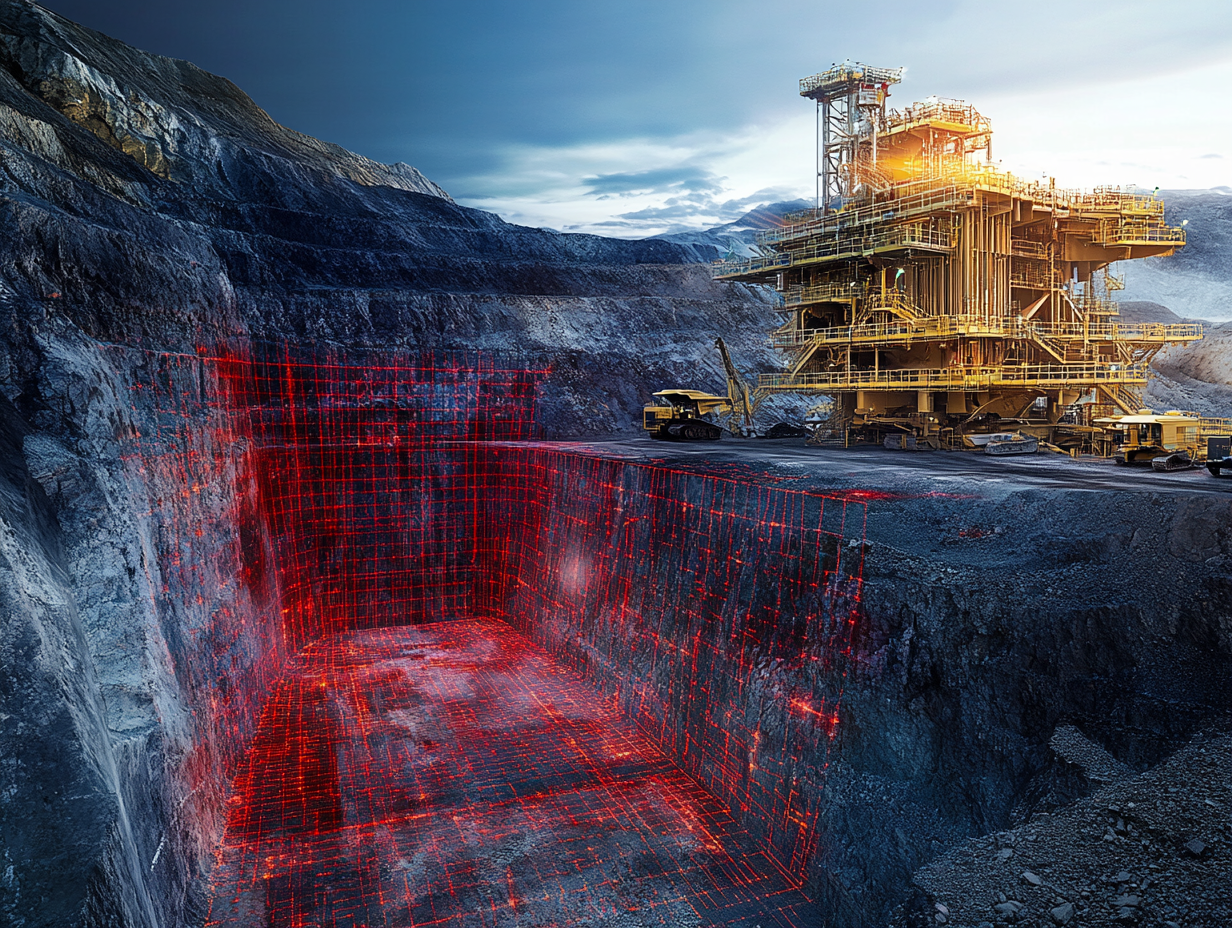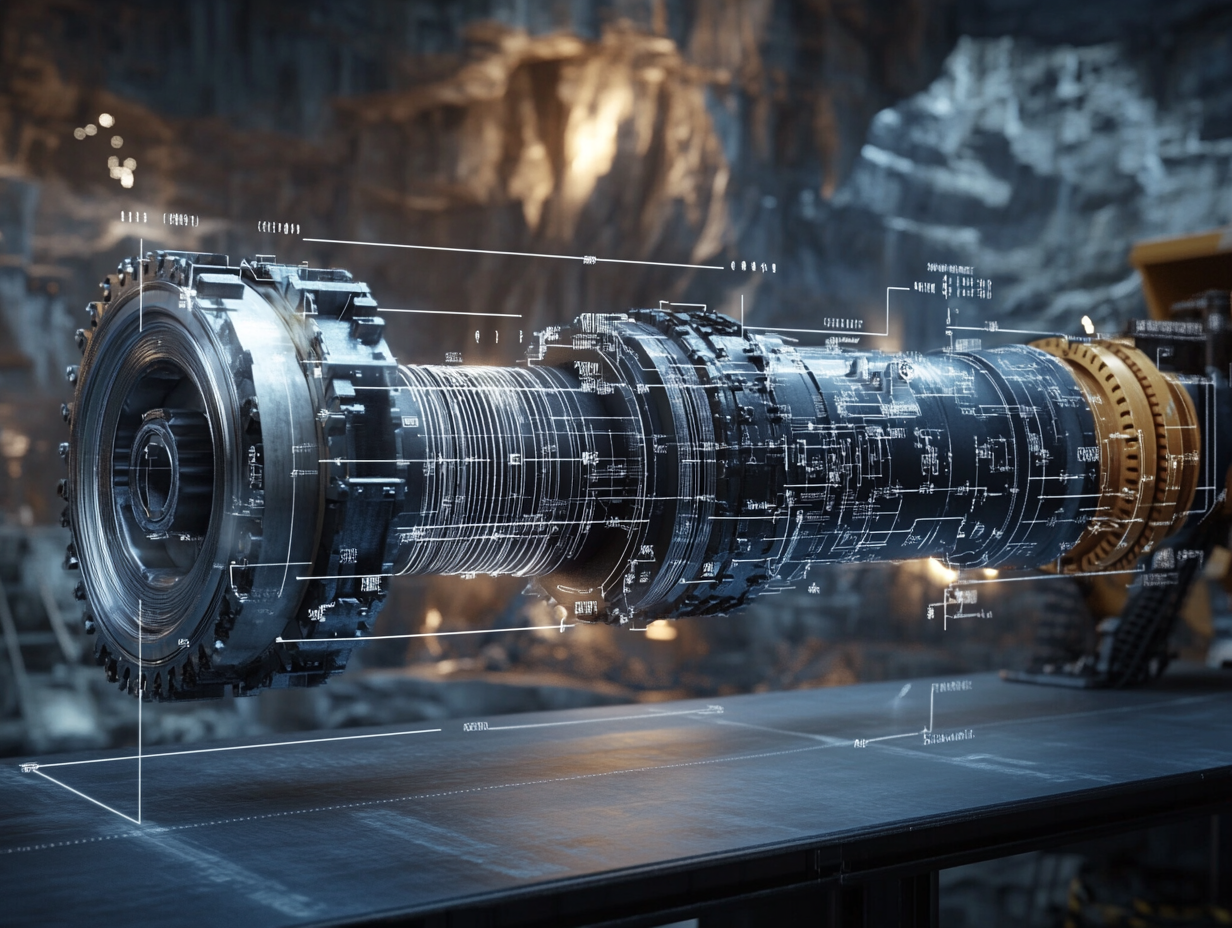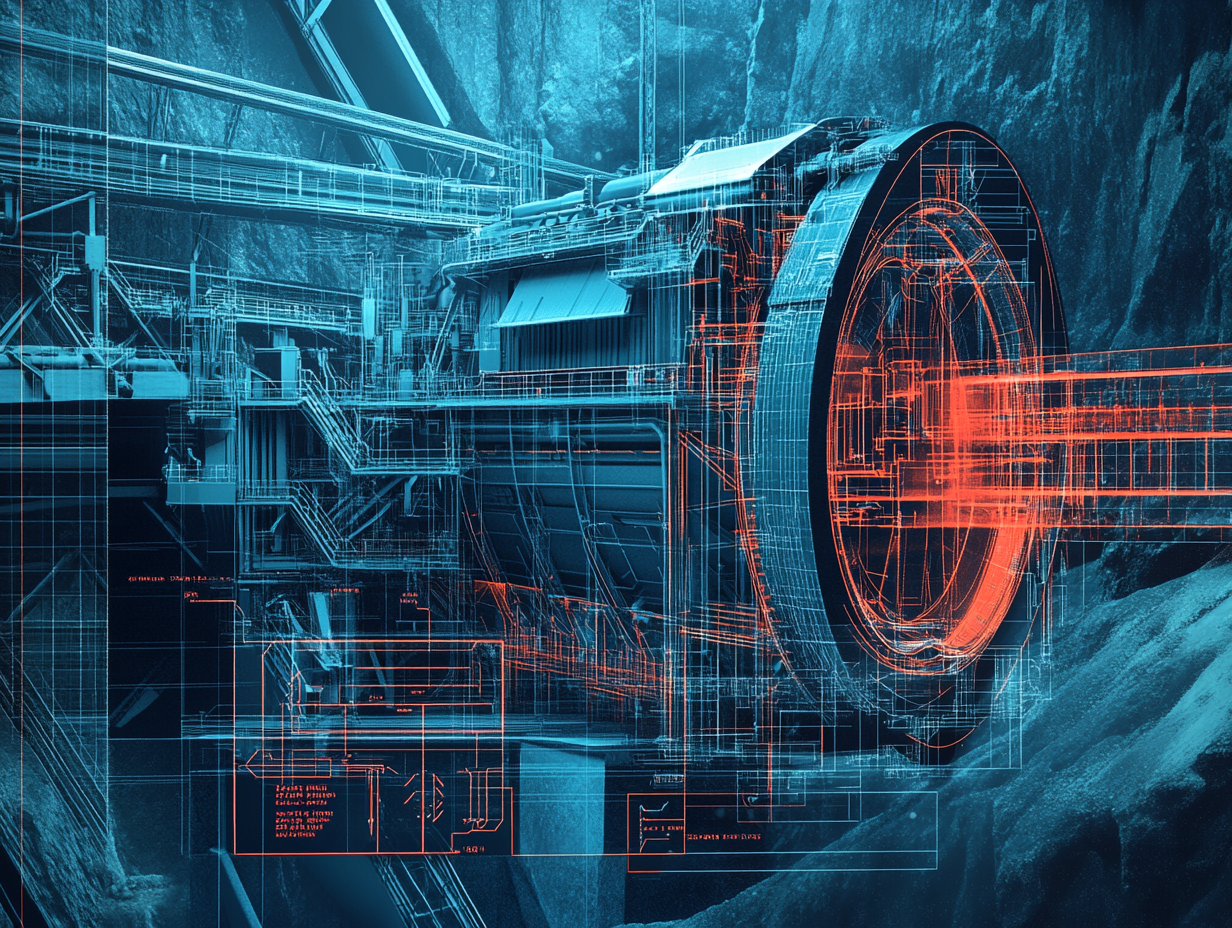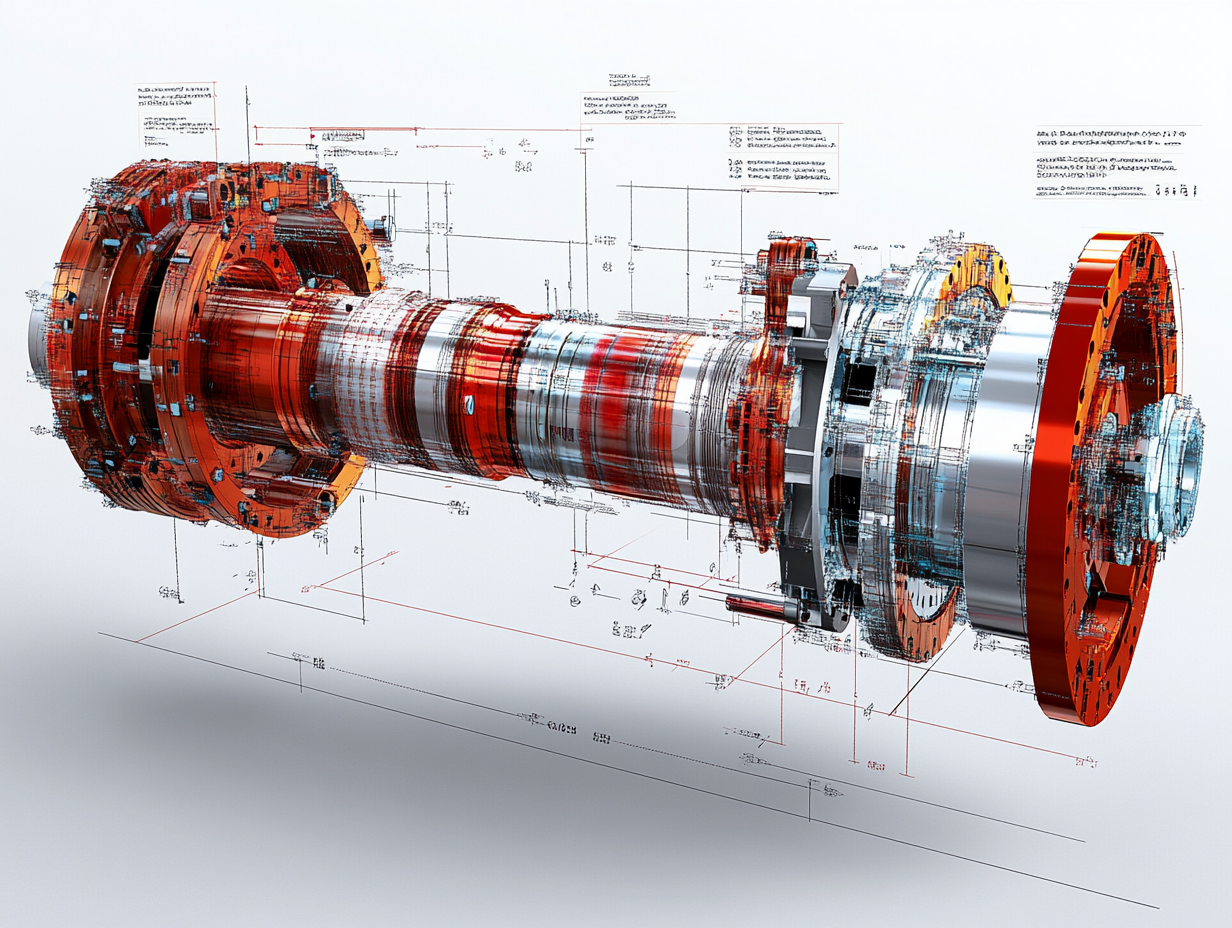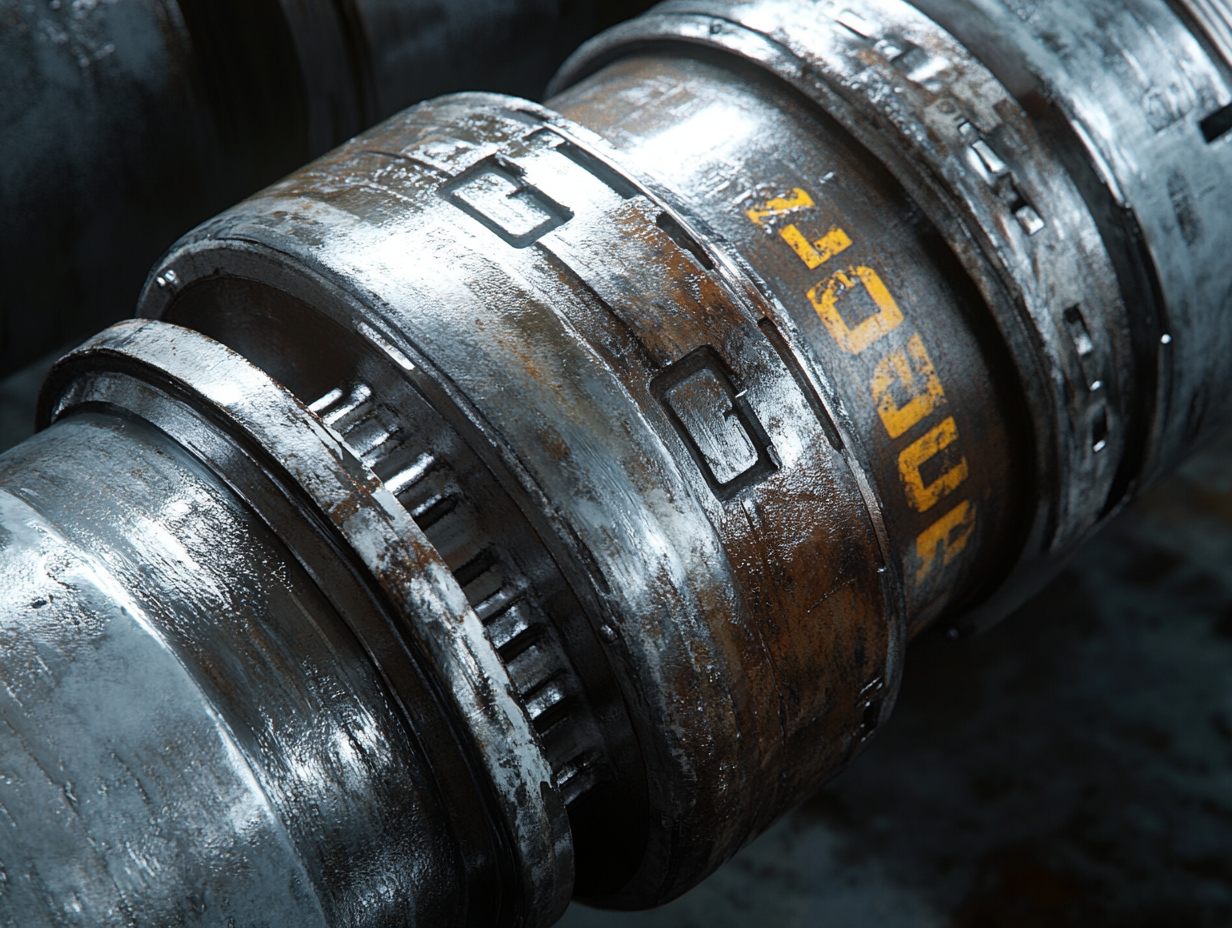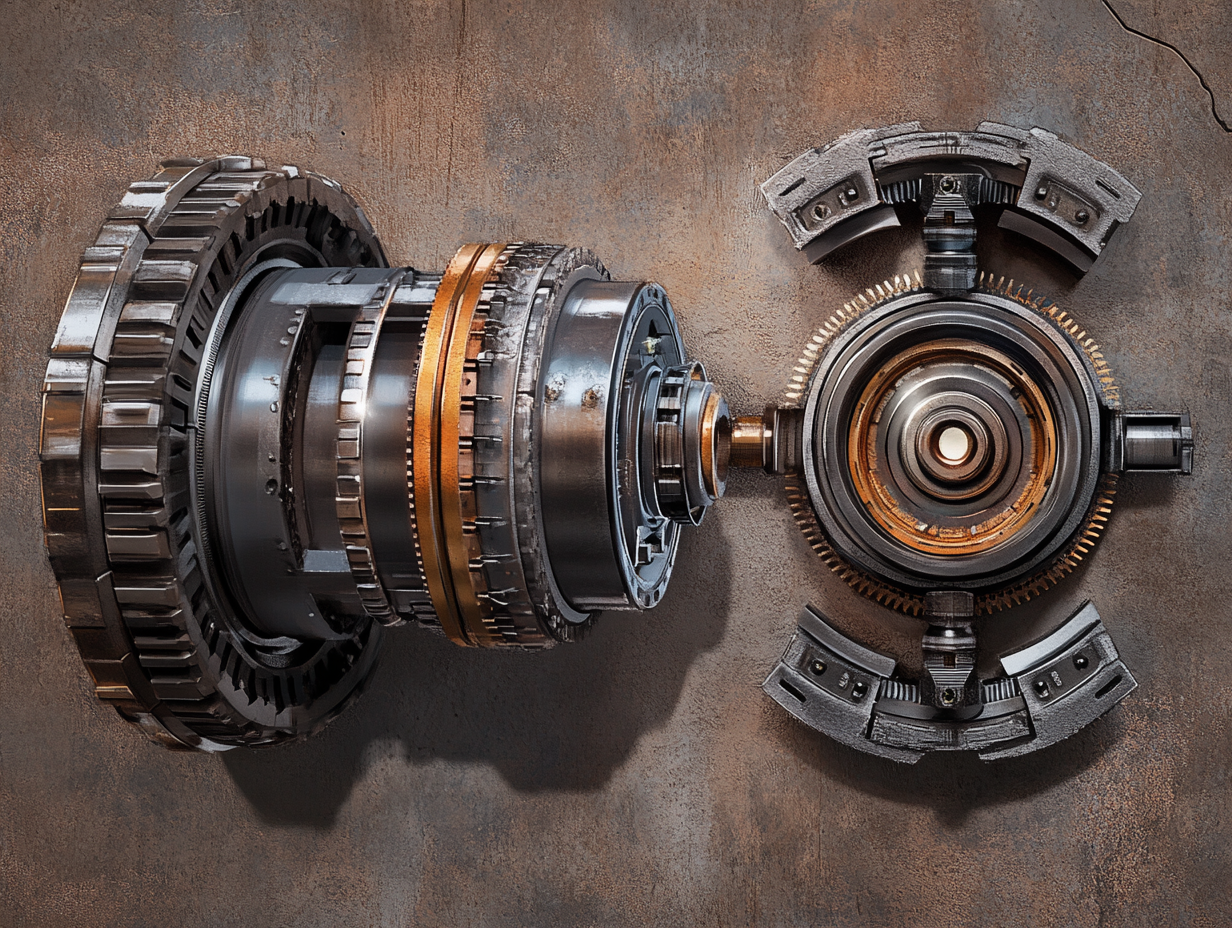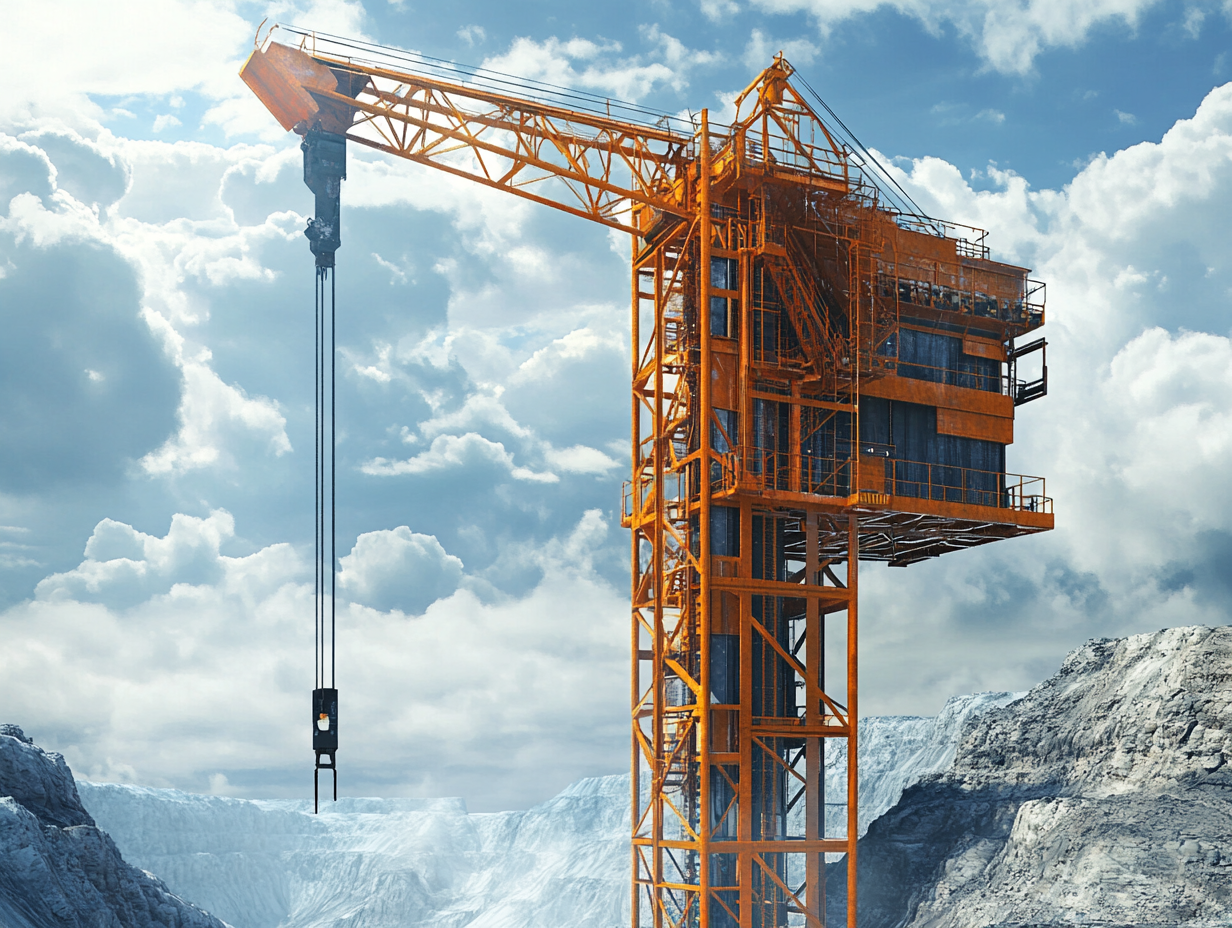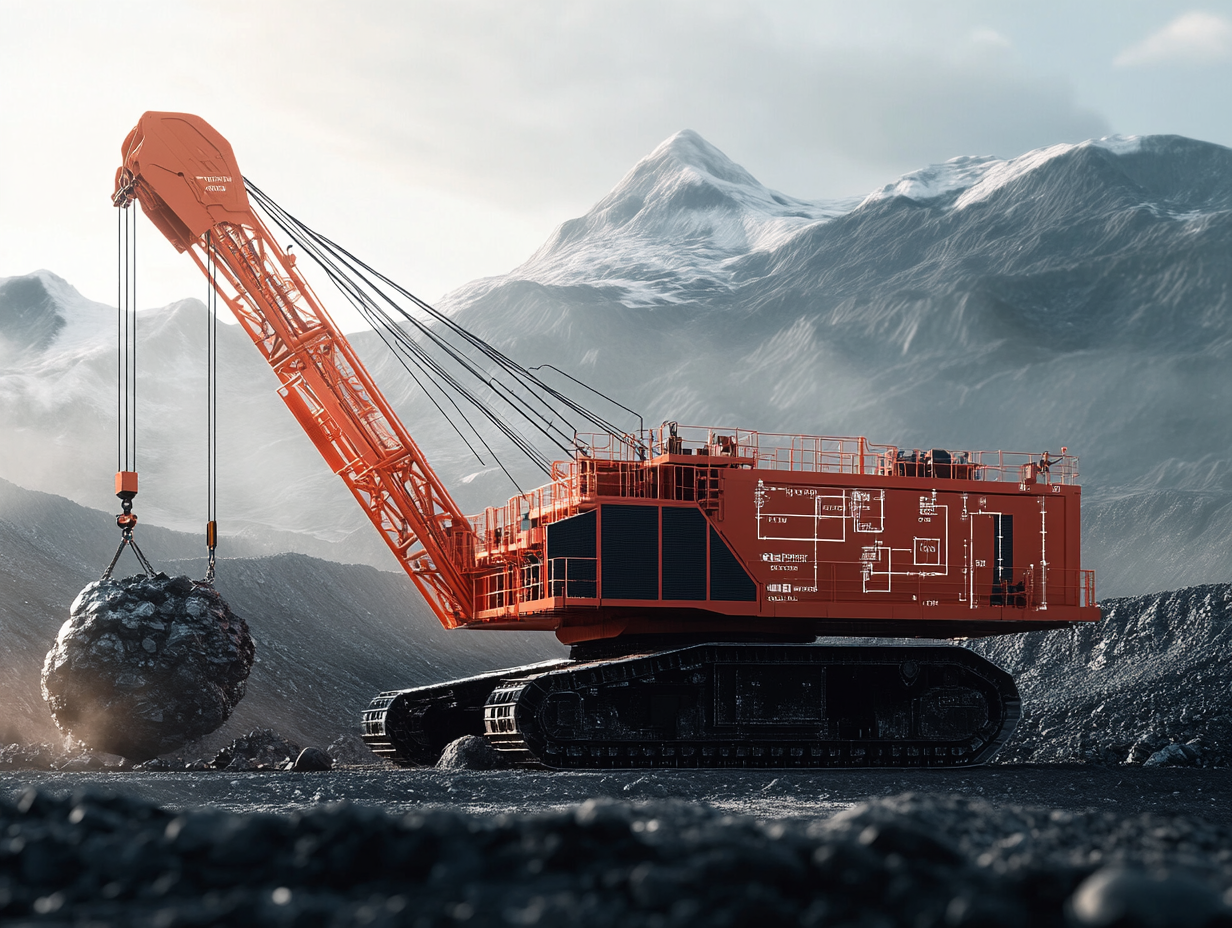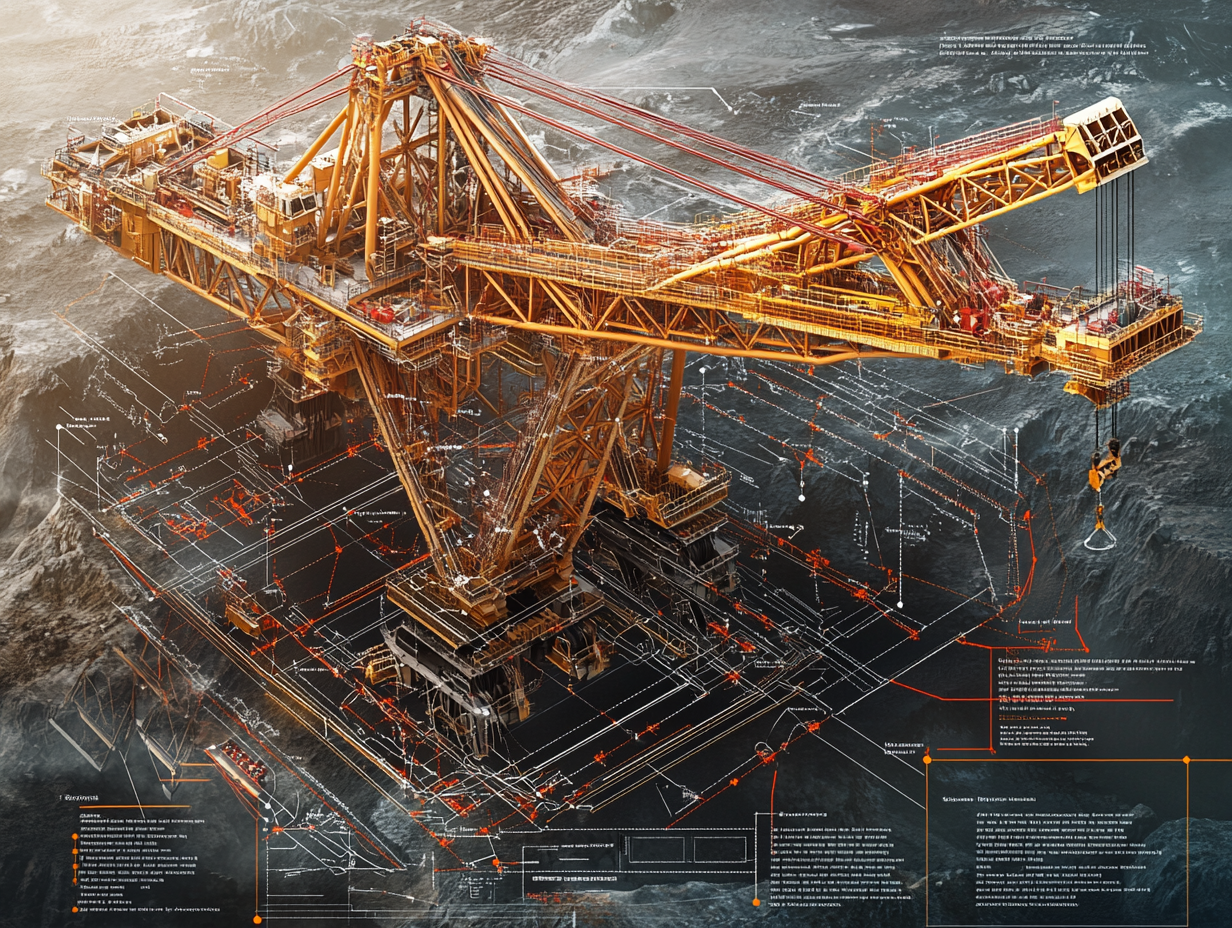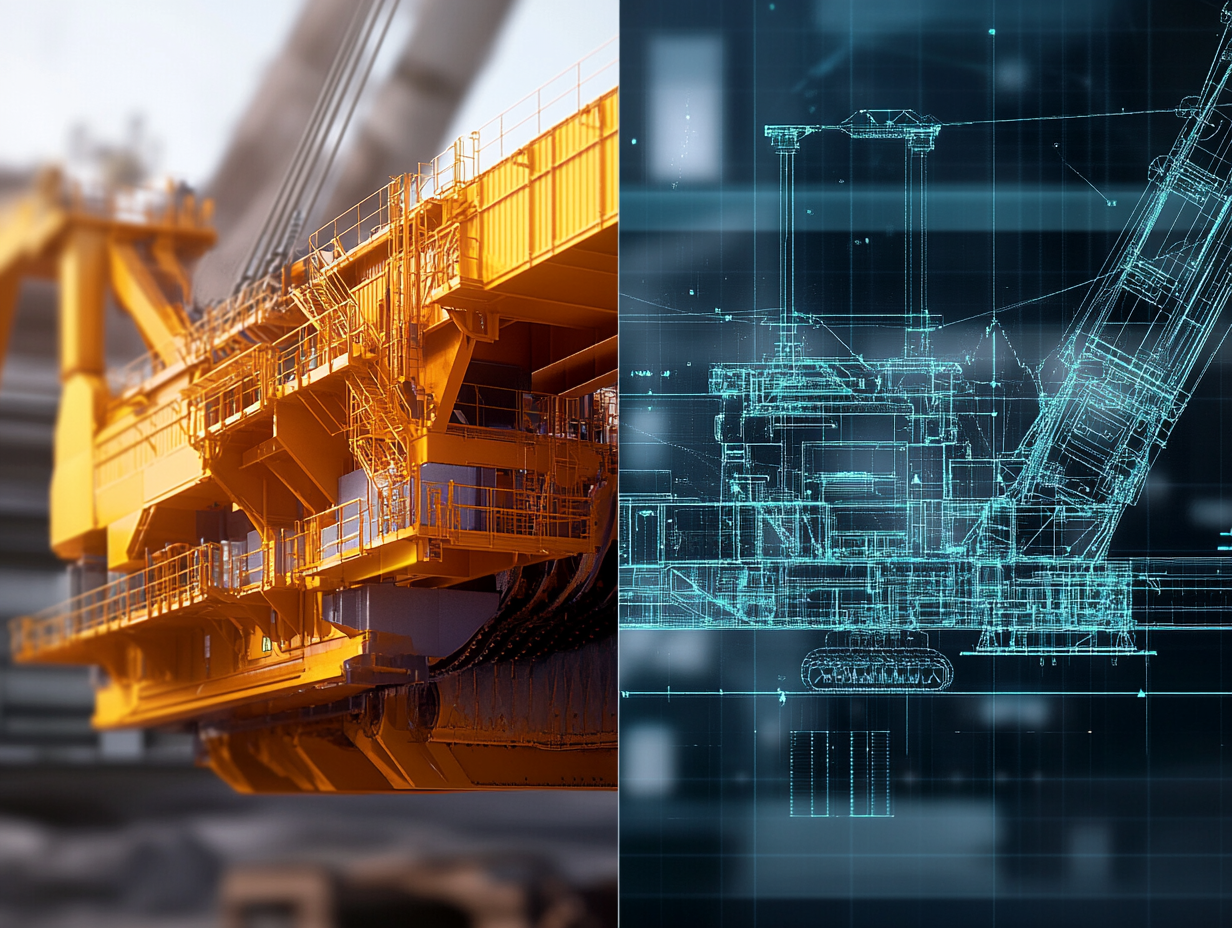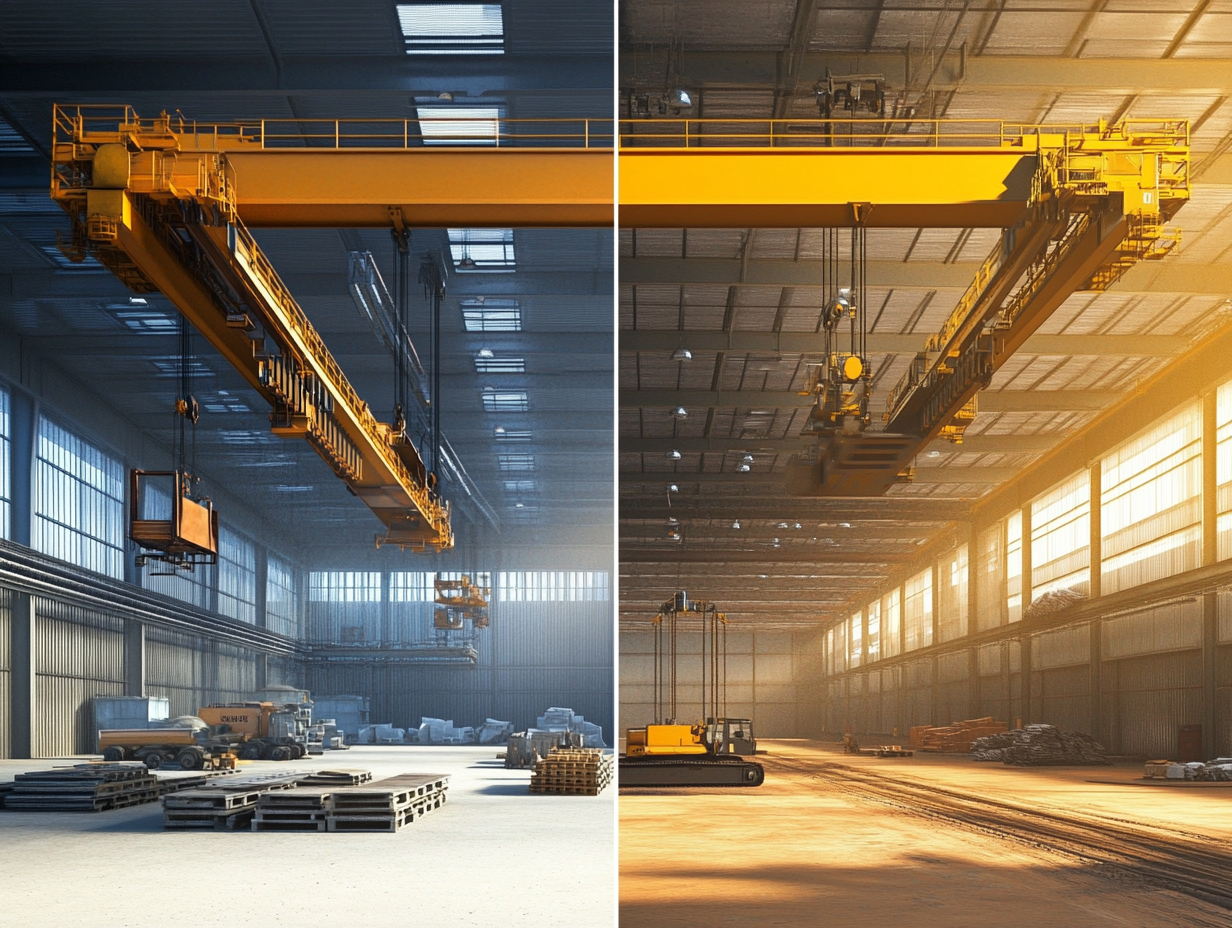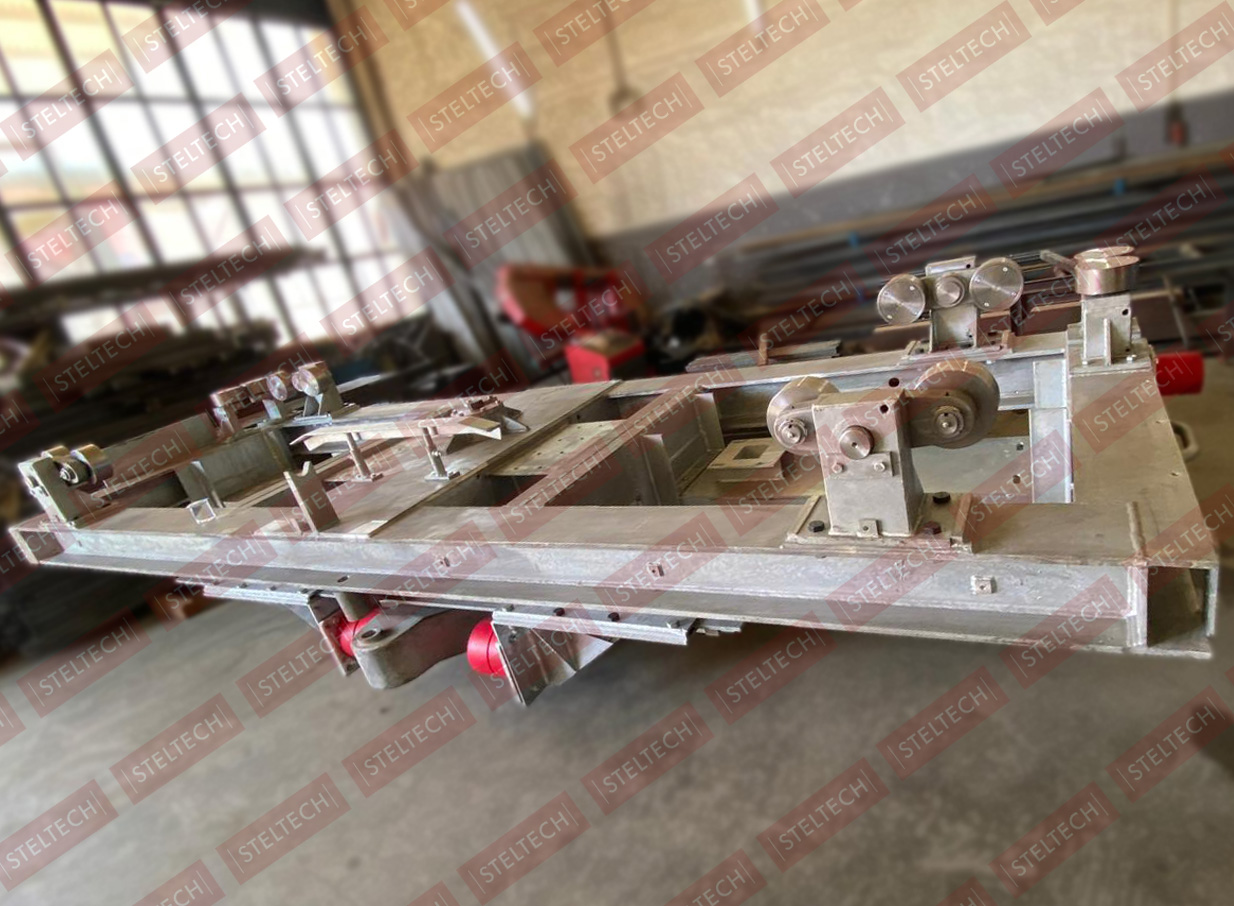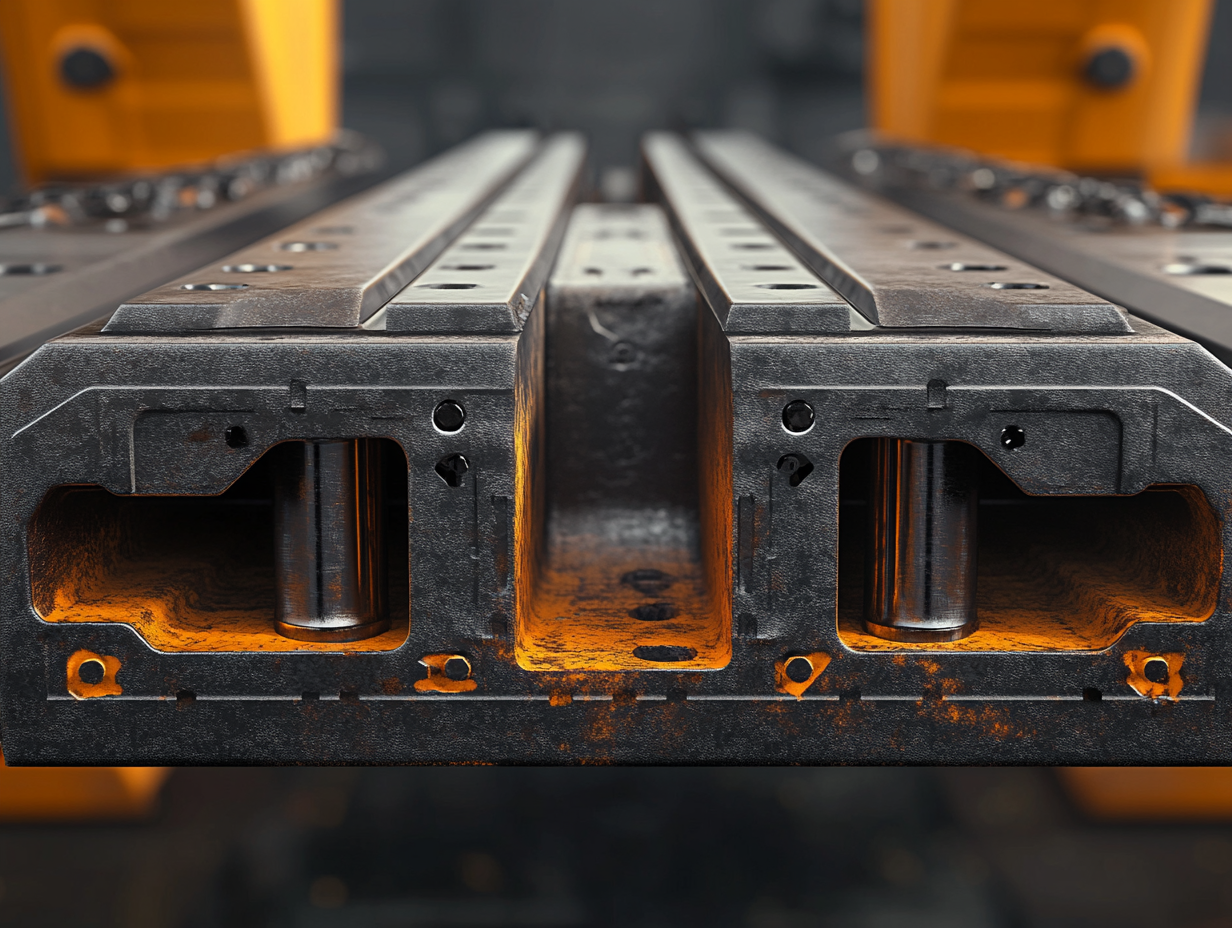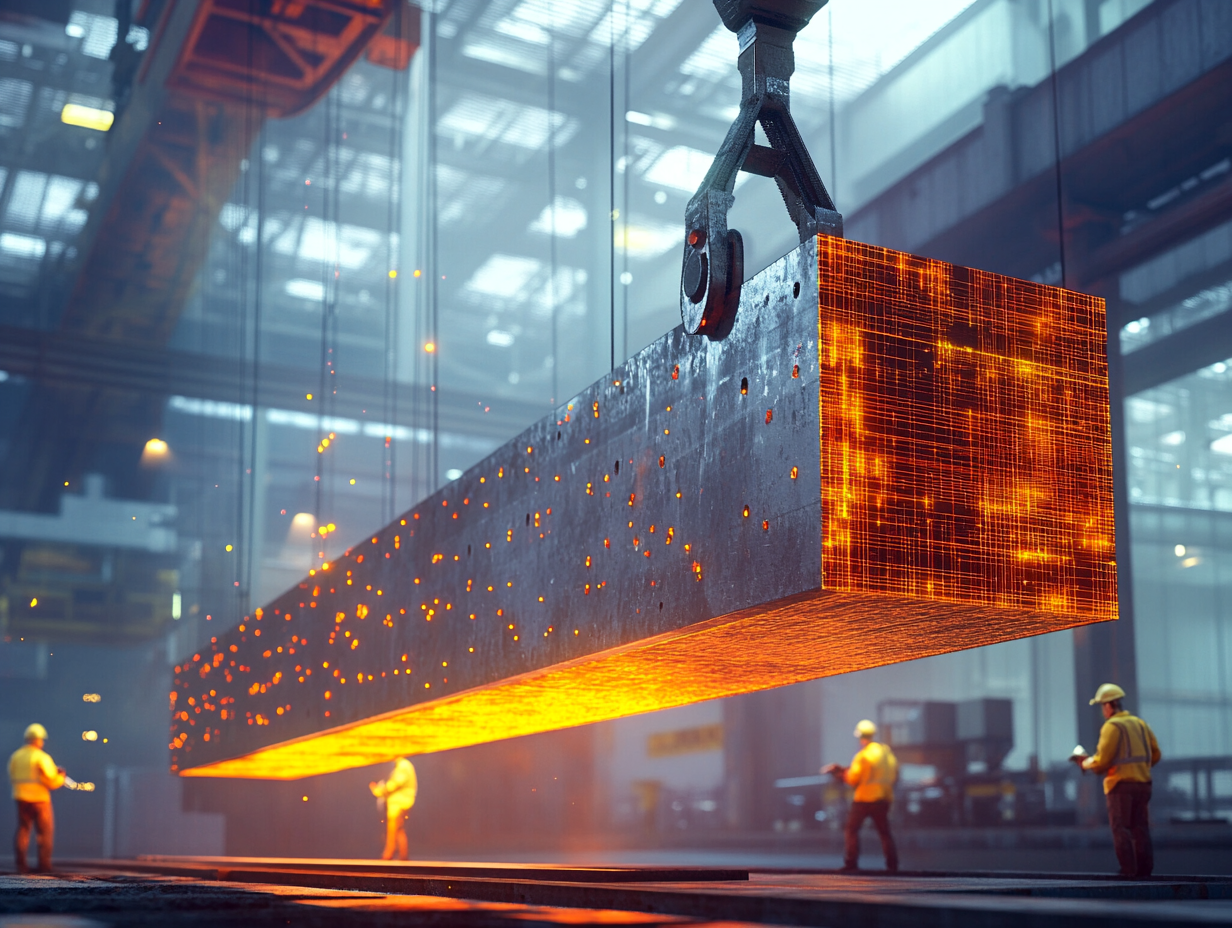In mining and heavy industry, overhead cranes are essential for lifting and moving heavy loads. At the heart of these…
In modern steelmaking, precision and sustainability go hand in hand. At Steltech, we focus on engineering solutions that boost efficiency, cut costs, and deliver higher-quality steel. One of the most powerful innovations in this space is the Carbon Multi-Point Injection System for Electric Arc Furnaces (EAFs).
Intermediate shafts are a vital part of gearboxes used in mining machinery, such as conveyor drives, crushers, and hoists. They transfer torque between input and output shafts, often under high loads and variable conditions. Designing these shafts requires careful calculation to ensure they resist bending, torsion, and fatigue stresses.
In mining machinery, shafts transmit enormous amounts of torque from conveyor drives to crusher rotors. But when torque varies dynamically, shafts are exposed to torsional vibrations, which can be just as dangerous as bending oscillations. If these vibrations align with the shaft’s critical angular speed, catastrophic failures may occur.
In rotating machinery from mining conveyors to crushers and ventilation fans shafts must operate well below their critical speed to…
Cantilever beams are widely used in mining and heavy industrial equipment, particularly where support is only possible on one end….
In mining infrastructure and heavy machinery, beams are everywhere from conveyor support frames to equipment platforms and structural walkways. One of the most common configurations is the simply supported beam, where the beam is supported at both ends but free to bend under load.
In the world of mining machinery and structural engineering, components rarely face a single type of stress. Instead, they often…
In mining and heavy industrial environments, components like beams, shafts, and structural arms often face intense loading that causes them…
In structural and mechanical design especially in mining equipment the direction and application point of a force significantly affect how the system behaves. Many real-world loads aren’t perfectly vertical or horizontal, so engineers must break these forces into components to analyze how they generate bending moments, shear forces, or torsion.
This blog explores how decomposing forces helps engineers accurately calculate bending moments in shafts, beams, and load-bearing structures found in mining applications.
In the design of shafts, rods, and cylindrical components — especially in mining and heavy industrial machinery — rotational symmetry…
In mining and heavy industrial machinery, shafts are rarely subjected to just one type of load. Instead, they typically experience…
No matter how precise your calculations are, real-world uncertainties always exist in mechanical design. Material imperfections, dynamic loads, wear, and…
In the real world, components rarely experience a single, clean load. Instead, they’re often subjected to multiple forces acting in different directions. When it comes to shafts, axles, beams, and structural frames in mining and heavy industry, this results in combined bending moments, which must be carefully calculated for safe and efficient design.
Every mechanical structure must be able to resist two fundamental types of forces: tension (pulling) and compression (pushing). These are…
In mechanical and structural design especially for shafts, axles, and beams in mining machinery two critical stress types must be carefully evaluated: bending stress and shear stress.
In real-world engineering, components are rarely perfect cylinders or uniform beams. They include keyways, shoulders, holes, notches, and grooves — all of which introduce local stress intensification. This phenomenon is measured using the Stress Concentration Factor (SCF), known in engineering as Kt.
Accurate sizing of axles and shafts is crucial in the design of mechanical systems across mining, manufacturing, and heavy equipment sectors. Whether supporting load or transmitting torque, these components must be dimensioned to handle real-world conditions without failure, deflection, or premature fatigue.
Shafts are the backbone of mechanical power transmission in industrial machinery. In mining applications — such as crushers, conveyors, winches, and gearboxes — shafts are responsible for transferring large amounts of torque under severe conditions. That’s why understanding shaft strength calculation is essential for safe and efficient design.
Axles play a vital role in mechanical systems — especially in mining, transportation, and heavy lifting machinery. Whether they’re supporting wheel hubs, guiding rollers, or acting as pivot points for rotating components, axles are constantly exposed to complex stress conditions, including bending, shear, and torsion.
Choosing the right material for axles and shafts is one of the most critical steps in mechanical system design. These…
In the field of mechanical design and industrial engineering particularly within the mining, heavy machinery, and transportation sectors terms like axle, shaft, and journal are often used interchangeably. However, each component serves a distinct purpose in a mechanical system. Misunderstanding their roles can lead to design flaws, inefficiencies, or even system failure.
When designing steel crane structures especially those operating outdoors in mining, ports, and construction sites wind stability is a critical engineering concern. Even structures that are strong under static loads can fail due to lateral instability when subjected to wind, gusts, or pressure surges.
Behind every safe and reliable crane structure lies a deep layer of engineering logic — and at the heart of this logic are load group coefficients and hoisting load coefficients. These factors help engineers account for real-world operational conditions when calculating stresses, material fatigue, and safety margins.
When it comes to lifting heavy loads in mining, manufacturing, and port operations, equipment failure is not an option. That’s why industry professionals rely on rigorous standards like FEM (Fédération Européenne de la Manutention) to guide the design, classification, and load analysis of cranes.
In structural engineering, especially for cranes used in mining, knowing how a structure reacts to forces is the foundation of safe and efficient design. Two primary forms of load analysis are static and dynamic strength calculations — and they differ not just in theory, but in real-world performance, safety margins, and material behavior.
Understanding this distinction is critical when designing cranes, hoists, and material handling systems that operate in environments like open-pit mines, quarries, and coke plants, where loads vary constantly.
Selecting the right crane type is one of the most critical decisions in engineering operations, especially in sectors like mining, metallurgy, and manufacturing. Each crane design offers distinct advantages depending on operational demands, space constraints, and lifting capacities.
In this post, we’ll compare the three most common crane systems used in industrial and mining facilities: monorail cranes, double-girder overhead cranes, and gantry (portal) cranes.
In the heart of every coke production facility lies a series of mechanical systems that ensure efficiency, safety, and continuity. One such critical component is the coal discharge plough, responsible for diverting, guiding, and discharging coal from conveyor systems during the coking process. This specialized equipment, manufactured with high precision by Steltech, plays a vital role in keeping coke plant operations smooth and uninterrupted.
In the world of crane construction, especially in mining and heavy industry, welded joints are some of the most critical stress points. These joints often endure repetitive dynamic loads, vibration, and environmental fatigue.
When designing crane structures — especially in mining, excavation, or industrial settings — it’s not enough to ensure the beam won’t break. You also need to ensure it won’t bend too much. That’s where deflection (sehim) comes into play. Controlled deflection is critical for precision, safety, and structural integrity during lifting operations.


